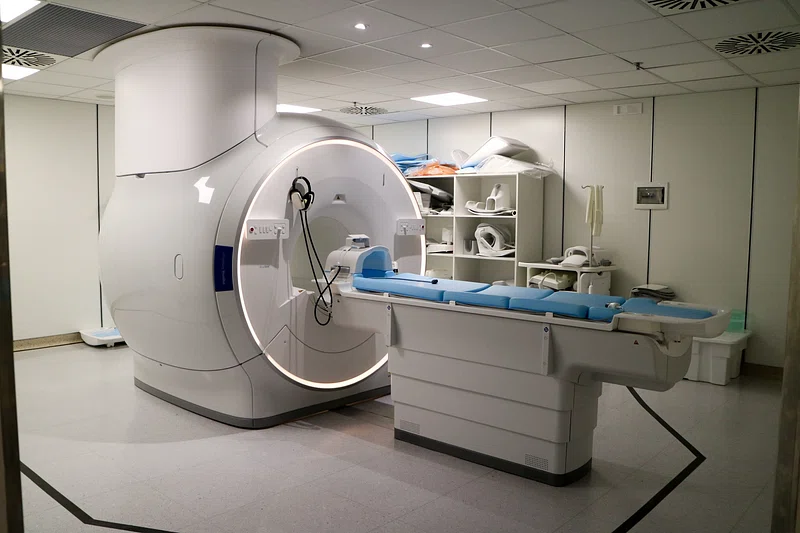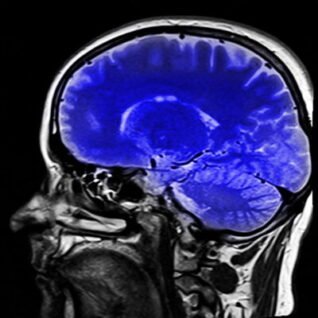- September 27, 2025
Table of Contents
ToggleUnderstanding Childhood Head Injuries and Radiation Risks
When your child experiences a head injury, it’s a frightening moment for any parent. The immediate concern is whether your child has sustained a clinically important traumatic brain injury. In the emergency room, doctors follow strict evidence-based guidelines to decide if a CT scan is necessary. While CT scans provide crucial diagnostic information, they also involve ionizing radiation exposure. This requires careful consideration, especially for children, as the most radiosensitive cells are those that are rapidly dividing and growing. This article explains when a CT scan is truly necessary, balancing medical benefits against potential radiation risks using official UK NICE guidelines.
NICE Guidelines: When a CT Scan is Essential Within 1 Hour
The UK’s National Institute for Health and Care Excellence (NICE) provides clear rules for doctors. For children under 16, a CT head scan is needed within 1 hour if any of these risk factors are identified:
- Suspicion of non-accidental injury.
- Post-traumatic seizure.
- On initial assessment, a GCS score below 14 (or below 15 for babies under 1 year).
- At 2 hours post-injury, a GCS score below 15.
- Suspected open or depressed skull fracture or tense fontanelle.
- Any sign of basal skull fracture (haemotympanum, ‘panda’ eyes, cerebrospinal fluid leakage, Battle’s sign).
- Focal neurological deficit.
- For babies under 1 year, a bruise, swelling or laceration over 5 cm on the head.
A scan is also required within 1 hour if a child has more than one of these factors:
- Loss of consciousness lasting over 5 minutes (witnessed).
- Abnormal drowsiness.
- 3 or more discrete episodes of vomiting.
- Dangerous mechanism of injury (e.g., high-speed RTA, fall from >3m).
- Amnesia lasting more than 5 minutes.
- Any current bleeding or clotting disorder.
These rules ensure scans are only used when the immediate danger of a hidden injury is greater than the potential long-term risk of cancer from radiation.
Observation Protocol for Minor Head Injuries
For a child with only one of the factors listed above (like a single vomiting episode), the guidelines recommend observation for a minimum of 4 hours from the injury time. If during observation any of these risks appear, a CT is done within 1 hour:
- A GCS score of less than 15.
- Further vomiting.
- A further episode of abnormal drowsiness.
If no risks emerge, a doctor will decide if longer observation is needed. This period of time under monitoring helps avoid unnecessary exposure to radiation.
Radiation Exposure: Understanding the Real Risk
Parents rightly worry about how much radiation is dangerous. We must view medical doses in context. Everyone is constantly exposed to natural background radiation from the sun and soil, averaging about 3 millisieverts (mSv) per year.
A typical child’s head CT scan delivers about 2 mSv. This is comparable to 8 months of natural exposure. Regulatory bodies set acceptable radiation levels for humans with large safety margins. The annual limit for the public is 1 mSv (excluding medical exposures), and for radiation workers, it’s 50 mSv.
The key principle in pediatric care is ALARA (As Low As Reasonably Achievable). This means using the lowest amount of radiation possible for diagnosis. Children’s hospitals use modern machines with pediatric settings that dramatically reduce doses.
Why Children Are More Vulnerable to Radiation
A child’s developing body is more sensitive because their cells are rapidly dividing. This higher radiosensitivity is why doctors are so cautious. They don’t scan every head bump. Instead, they use the NICE guidelines to identify only those children at significant risk, ensuring radiation protection is a top priority.
Making an Informed Decision for Your Child
Facing a head injury is stressful. Remember, the risk from a single, justified CT scan is very low, while the benefit of detecting a life-threatening injury is immense.
Trust the professionals at your children’s hospital. They are experts in balancing these risks. You can partner with them by asking questions:
- “Why is the scan needed?”
- “Are we following the observation protocol?”
- “What steps are taken to minimize the dose?”
Your informed partnership ensures your child gets the safest, most effective medical treatment, protecting their health today and in the future.








